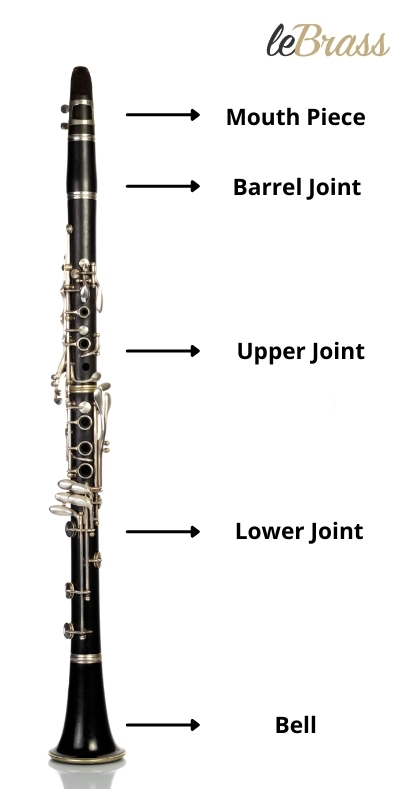The clarinet buying guide
Anyone who wants to buy a clarinet is spoilt for choice. There are numerous models on the market in different pitches and materials and in different price ranges. The clarinet buying guide helps you to make the right choice from this huge range. Simply answer the questions and specify which requirements your clarinet has to fulfill – our buying advice will then suggest models that might suit you.
Origin and development of the Clarinet
The first predecessor models of the clarinet already existed in ancient Egypt. At that time, the instruments were made of reeds. Johannes Christoph Dehner finally developed the clarinet in 1700. He was inspired by the chalumeau. The instrument resembles a tenor recorder. His aim was to extend the range of the chalumeau. In the process, the clarinet came into being.
Since this first form of the clarinet, the instrument has been revised several times. Today, two variants of the clarinet are widespread: The Boehm clarinet, which has a total of 24 tone holes, 17 keys and 6 rings. It is widespread internationally. The German clarinet, on the other hand, has 18 to 22 keys and 4 to 6 rings. It is mainly found in German-speaking countries.
Why the clarinet belongs to the group of woodwinds
The clarinet belongs to the group of woodwinds. Contrary to many assumptions, however, this is not because its body is usually made of wood. Woodwinds owe their name to the wooden reed that produces the sound. This reed is inserted into the mouthpiece. When the instrument is embouchured, it vibrates and thus produces a tone.
With the exception of the C clarinet, all clarinets are transposing instruments. This means that the notes written down do not correspond to the notes that are sounded, but lie below or above them, depending on the tuning.
Areas of use for the clarinet
Clarinets are mainly used in wind and symphony orchestras. There they are usually in Bb or A tuning, sometimes also in C tuning. However, the clarinet can also be played in small ensembles, for example in chamber music. Folk music often cannot do without the clarinet either, not only in Germany but also in Turkey and Greece. In jazz, the clarinet is known for its fast improvisations.

The construction of the clarinet
The clarinet is somewhat similar in construction to the recorder. It is cylindrical in shape and ends in a conical bell. The body of the clarinet is usually made of grenadilla wood. The sound can be significantly influenced by the other components of the clarinet, such as the mouthpiece, the bulb and the reed, so that each clarinet can develop its own unique sound.
Tone production on the clarinet
The clarinet is a single-reed instrument. The sound is produced by a single reed. The tone is produced when the reed vibrates at the embouchure and strikes the mouthpiece. This can then be changed by operating the keys.




